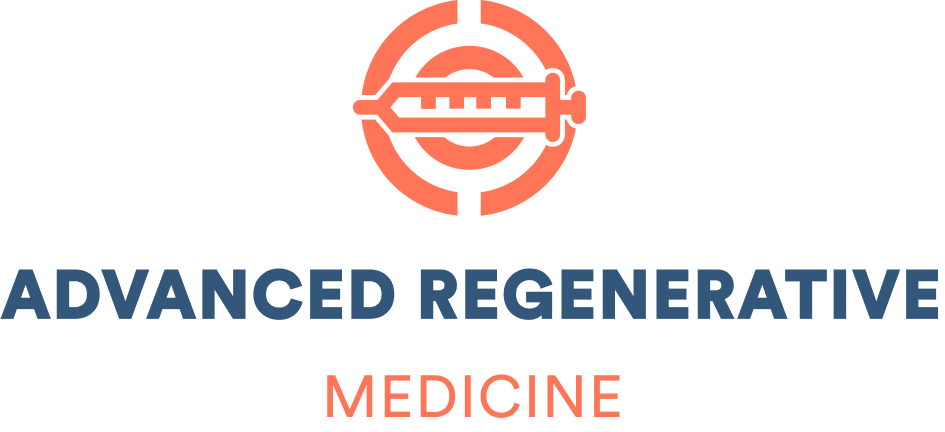In recent years, advanced regenerative therapy has emerged as a groundbreaking approach in healthcare. This innovative field harnesses the body's own healing mechanisms to promote tissue regeneration and repair. In this article, we will delve into the world of advanced regenerative therapy, exploring its potential applications, benefits, and the transformative impact it has on patients' lives.
Understanding Regenerative Therapy
Regenerative therapy is a branch of medicine that focuses on stimulating the body's natural regenerative processes to restore damaged or diseased tissues and organs. It employs various techniques, including stem cell therapy, platelet-rich plasma (PRP) therapy, and growth factor therapy. These therapies aim to enhance tissue repair, reduce inflammation, and promote healing from within. By harnessing the body's inherent regenerative capabilities, regenerative therapy offers a new dimension of treatment options for a wide range of medical conditions.
Advancements in Stem Cell Therapy
Stem cell therapy is a cornerstone of regenerative therapy. Stem cells possess the unique ability to differentiate into various cell types and can be obtained from various sources, such as bone marrow, adipose tissue, or umbilical cord blood. Recent advancements in stem cell research have opened up new possibilities for treatment, including the regeneration of damaged cartilage, the repair of injured tissues, and the potential to restore organ function. Stem cell therapy holds promise for conditions such as orthopedic injuries, cardiovascular diseases, neurodegenerative disorders, and autoimmune conditions.
Harnessing the Power of Platelet-Rich Plasma
Platelet-rich plasma (PRP) therapy is another integral component of regenerative therapy. PRP is derived from the patient's own blood, which is processed to concentrate platelets and growth factors. When injected into the injured area, PRP stimulates the body's natural healing processes, accelerating tissue repair and regeneration. This therapy has gained recognition in sports medicine for its effectiveness in treating musculoskeletal injuries, including tendonitis, ligament injuries, and osteoarthritis. The concentrated growth factors in PRP promote tissue healing, reduce pain and inflammation, and improve overall function.
Growth Factor Therapy and Tissue Engineering
Growth factor therapy involves the use of specific proteins that stimulate cell growth, differentiation, and tissue repair. These growth factors can be naturally occurring or produced through genetic engineering techniques. They play a crucial role in tissue engineering, where scientists create artificial tissues and organs for transplantation or regenerative purposes. By combining scaffold materials, stem cells, and growth factors, tissue engineering holds immense potential in restoring damaged tissues and organs, addressing the critical need for transplantation and revolutionizing the field of regenerative medicine.
Advantages and Future Possibilities
Advanced regenerative therapy offers several advantages over traditional treatment methods. It focuses on stimulating the body's natural healing abilities, reducing the need for invasive procedures and extensive surgeries. Regenerative therapies have shown promising results in terms of tissue repair, pain reduction, and improved patient outcomes. The field continues to evolve, with ongoing research and clinical trials exploring new applications and refining existing techniques. Future possibilities include the development of personalized regenerative therapies, the integration of regenerative medicine with other treatment modalities, and the potential to address previously untreatable conditions.
For More Info:-






Comments